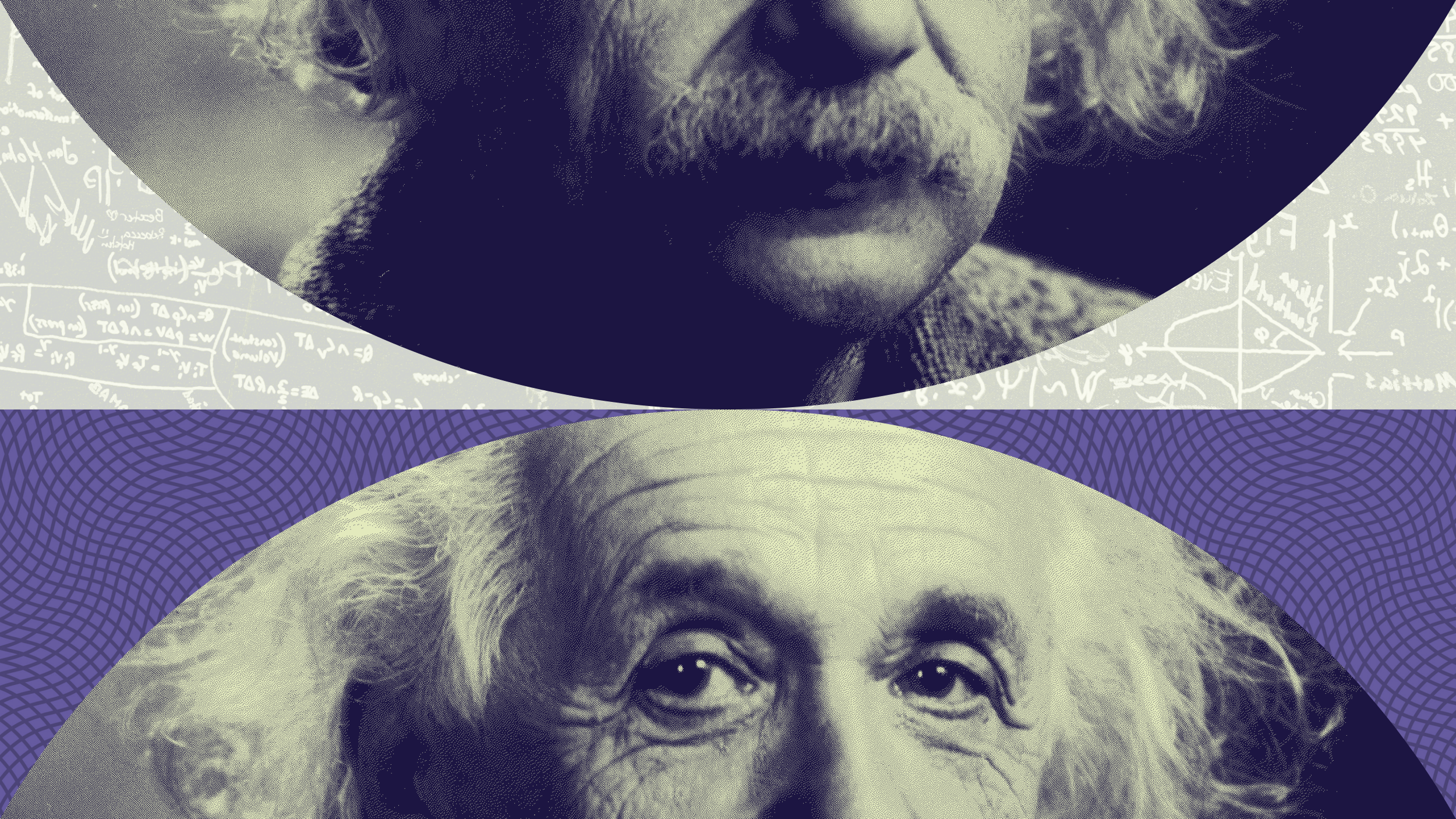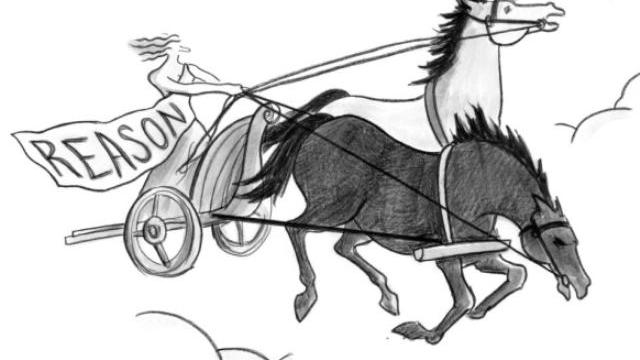What is Color?
Alan Alda recently challenged scientists to explain this simple question to 11-year-olds in less than 300 words. Could you do it?
“You can’t get there by bus, only by hard work and risk and by not quite knowing what you’re doing. What you’ll discover will be wonderful. What you’ll discover will be yourself.” -Alan Alda
When he was 11 years old, Alan Alda asked his teacher the simple question: What is a flame? The terse answer he got back was the dissatisfactory, “Oxidation.” So in 2012, he started The Flame Challenge, where he’s asked scientists from all walks of life to explain — in terms that will resonate with 11-year-olds — the answer to a simple-sounding question.
And this year’s flame challenge question is no different: What is color?
The rules are simple: you must be a scientist, your audience is 11 year olds, and you can submit answers in written format (limited to 300 words), video format (limited to 6 minutes), or graphic format, where you’ll be assigned to one of the other two categories based on the decision of the judges.
The deadline is tomorrow night, so here’s my answer for you, and I hope it helps explain to you where color comes from.
What is color?
It’s one of our most common experiences, and we all know it when we see it.
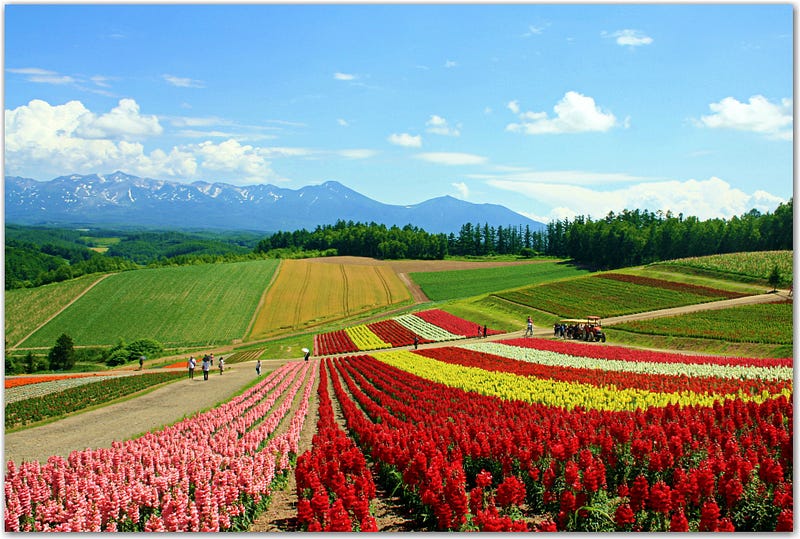
But what, exactly, is color? Where does it come from, and why does it appear the way it does? Two things are responsible: light and your perceptions.

What you see as white light (like sunlight) is actually all the colors combined, something you can figure out if you shine it through a prism.
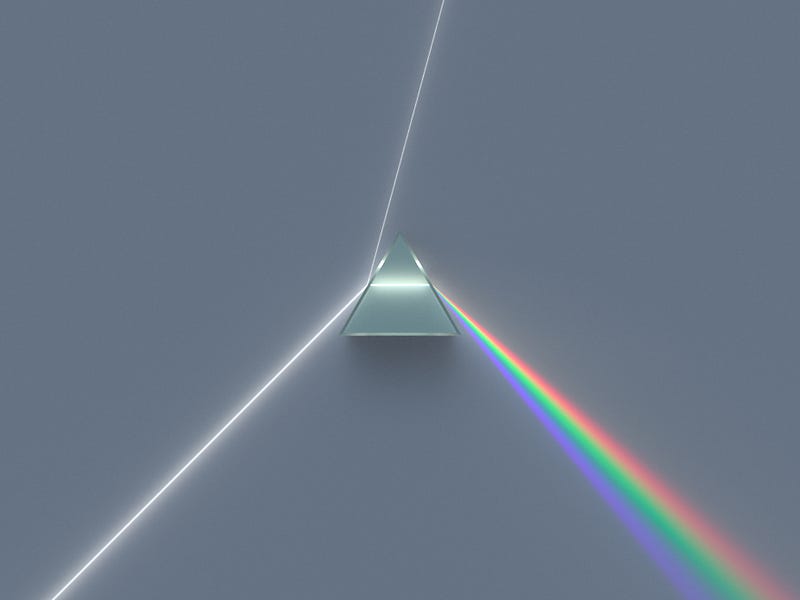
What makes one color intrinsically different from any other is the amount of energy it has: for the colors we can see, violet light has the most, while red light has the least.

Objects have different colors because they absorb light with some energies and not others; ones that absorb all the colors are totally black, ones that reflect all the colors are totally white.
A green plant is green because it reflects green light (which reaches your eye) but absorbs blue and red.
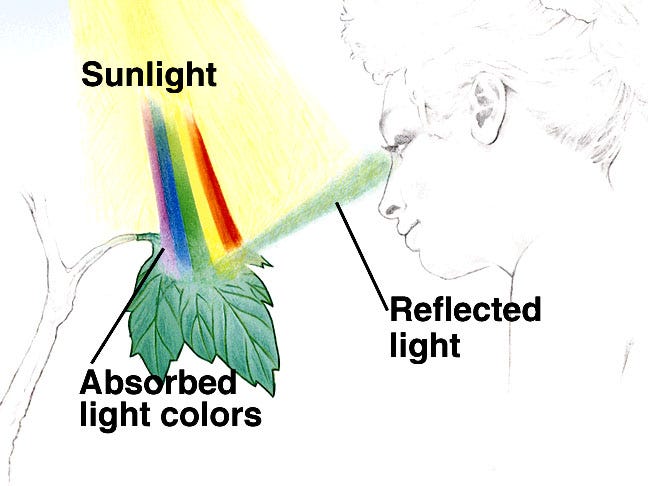
So that’s what the different colors are, but there’s something special about ourselves that allow us to see them differently, too!
What does a rainbow look like to you?
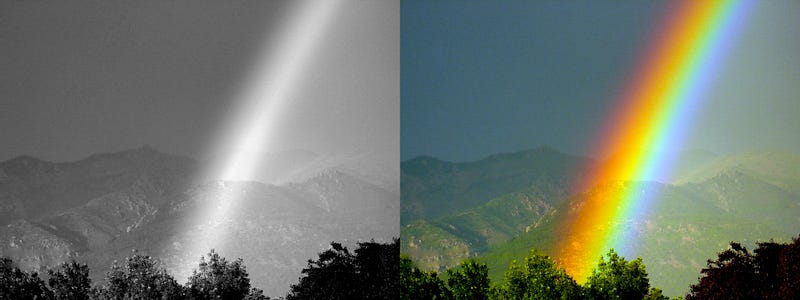
The colors you see are due to three types of specialized cells in your eyes known as cones, which are sensitive to blue light, green light, and red light.
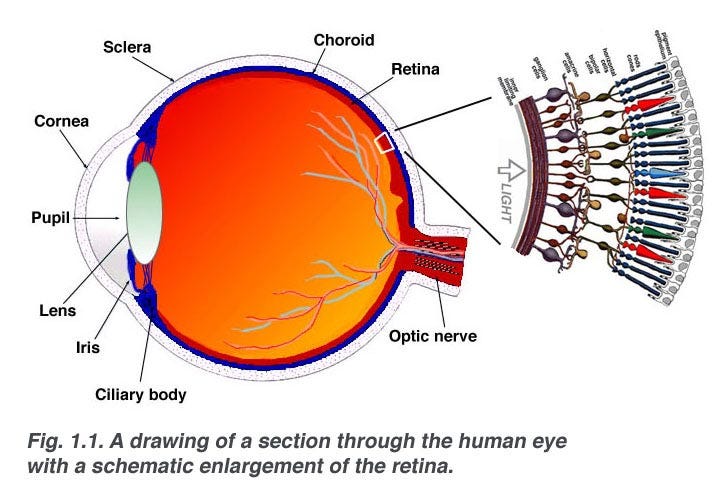
Different shades and hues stimulate the three types of cone cells by different amounts, and your brain interprets the signal as the different colors that you see.
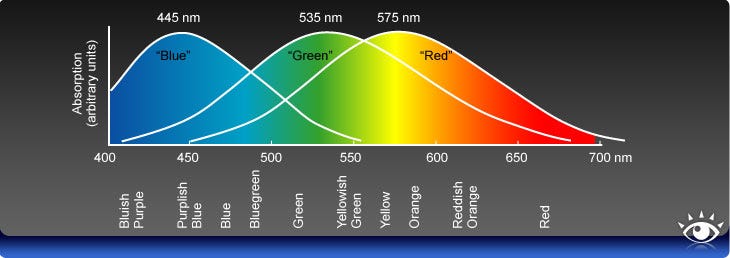
The blue, green and red cones working together even allow us to see colors that aren’t in the rainbow at all, like magenta or pink!
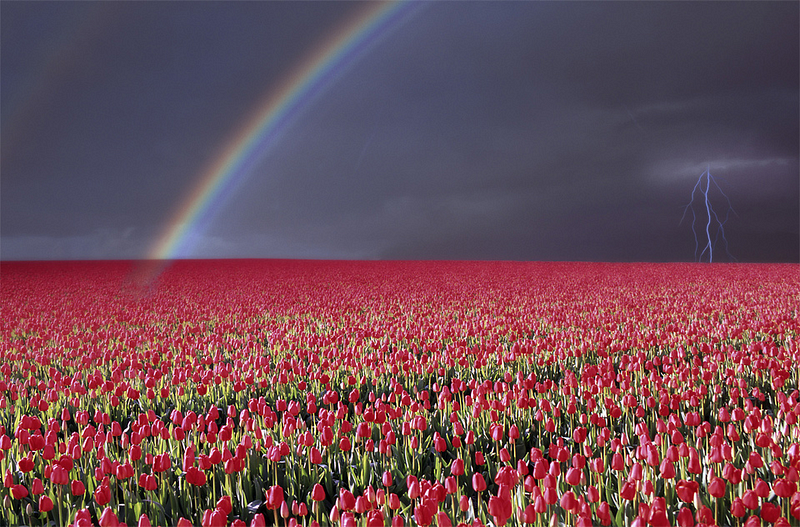
Objects have color, their reflected light hits the cells in your eye, and your brain tells you what to see.
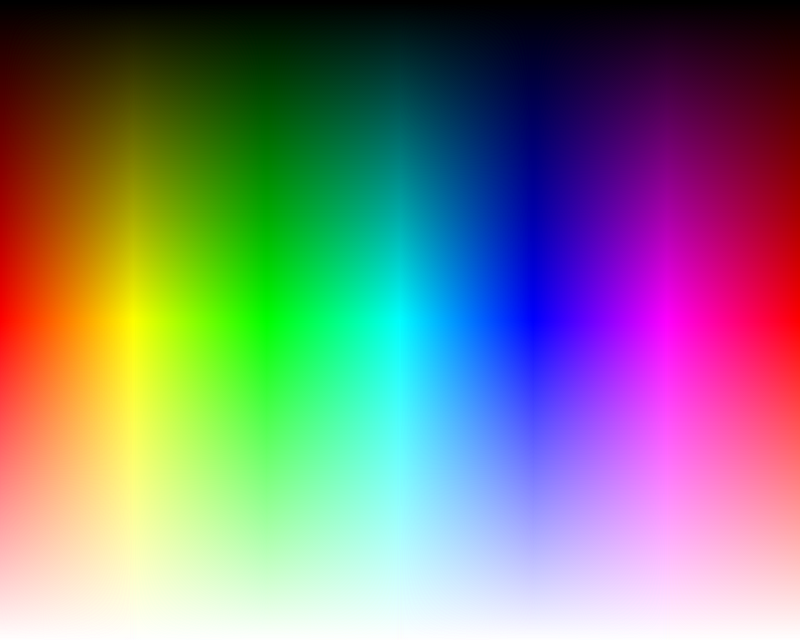
And that’s how color works!
Apologies to the color-blind among you — which is 10% of males — who’d be unable to read the three twelves and twenty-nines in the circles, below.
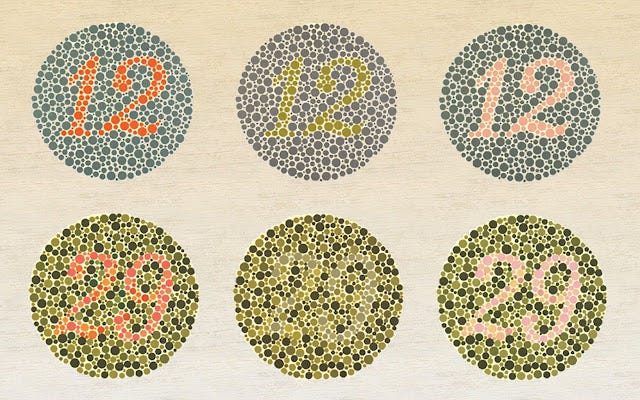
If there were room to talk about dichromats and tetrachromats, I would have. In the meantime, I hope you enjoyed this fun little explanation of what color is, and wish me luck in the 2014 Flame Challenge!
Enjoyed this? Want to criticize it? Have something else to say entirely? Head over to the Starts With A Bang forum at Scienceblogs and weigh in!

